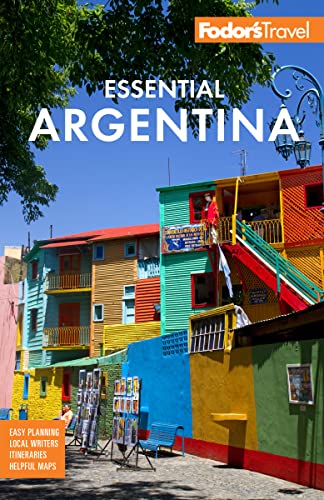Shopping in Northwest Argentina
Throughout the Northwest, almost every town has an area where vendors sell artesenías—emblematic crafts using local materials and incorporating the culture. Spending time at these markets, which may simply be set up around the main plaza, isn’t just a great way to find the perfect souvenir; it’s also a real opportunity to interact with locals.
Andean artesanías come in two forms: mass-produced products (generally imported from Bolivia) and locally produced handmade items. Often, stall owners will sell a mix of the two; ask which fall into the latter category and opt for them, as they do more to support the local community. Bolivian goods get cheaper the farther north you go. Some towns such as Humahuaca and Tilcara have shops that are exclusively fair trade, so look out for the signs reading, "Comercio justo."
Also, you'll see lots of dimpled cardon (cactus) wood carved into all manner of souvenirs, but there's no system right now for verifying the origin of the wood (only souvenirs carved from already-dead cardones are legal). We encourage you to ask your guide or another local for vendor recommendations.
Alpaca knits. Alpacas look like a cross between a llama and a sheep with a glossy, silky fleece. Textiles from them feel lovely and are unmistakably Andean, with the traditional designs.
Coca. Freely available, coca here is a medicine rather than a narcotic. Coca tea is neatly packaged and doesn't taste too bad. But don’t try taking it home without checking customs regulations first.
Leather. Unless there's an item that particularly catches your eye, save your leather purchases for the pampas. They do use leather in the Quebrada, but not in the decorative ways of elsewhere in the country.
Masks. If you don't experience Humahuaca at carnival time, you might be surprised by the number of masks—of humans and animals, made of wood or pottery—among the stalls. If you do go during carnaval, it'll make more sense.
Musical instruments. Panpipes are easy to play (though harder to play well) and instantly evocative of the windswept Quebrada. There are more intricate instruments available for musicians or the curious. For some tips on how to play, take it to a peña one evening and corner one of the performers.
Ponchos. Made from sheep or llama wool, ponchos go with everything, are useful against the cool cloudless nights in the Quebrada, and make great souvenirs (just resist the temptation to wear one out in Buenos Aires if you want to blend in). You can also pick up hats and gloves in matching patterns.
Silver. It was its position on the road to the Potosí silver mines that made the Quebrada so important in colonial days, but don't count on the silver on sale now being locally sourced. Look for traditional motifs and symbols cast into silver as jewelry and, borrowing traditions from elsewhere, tableware.




